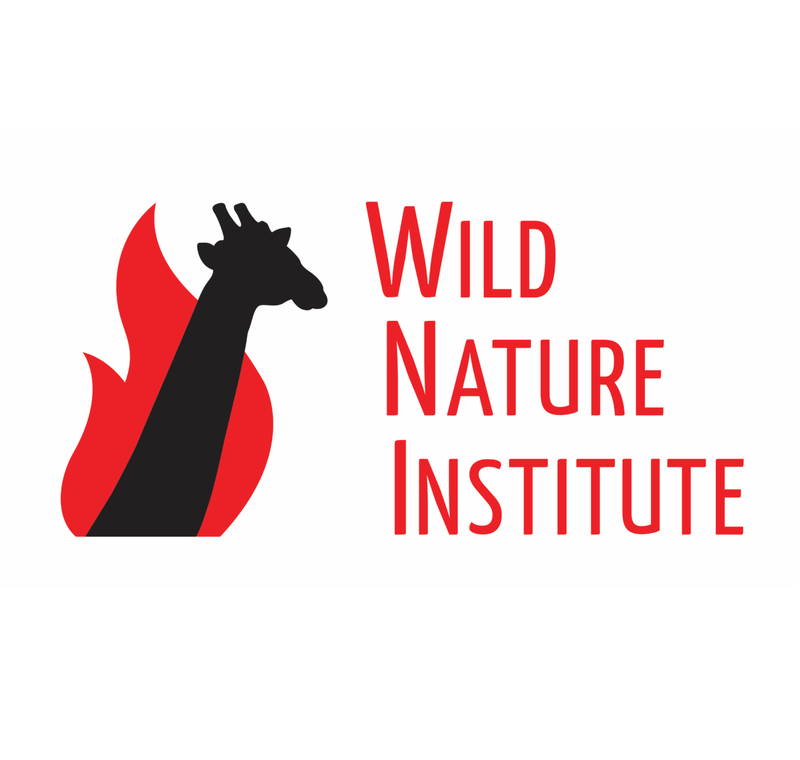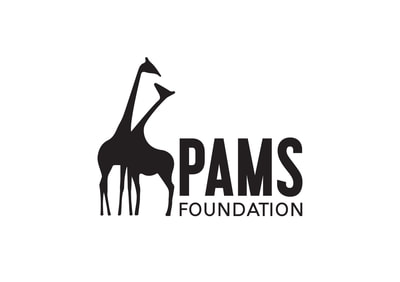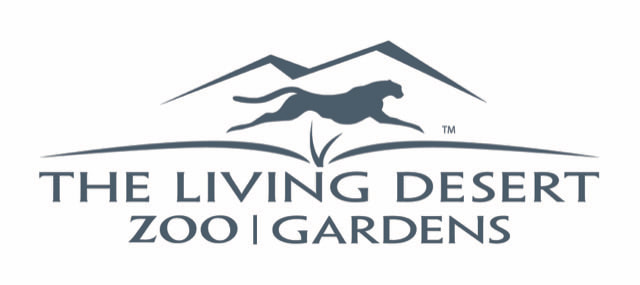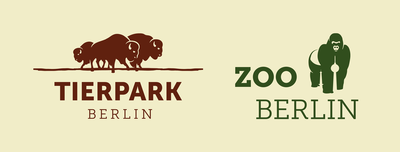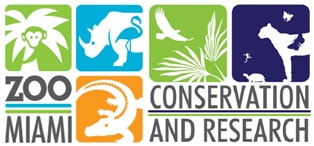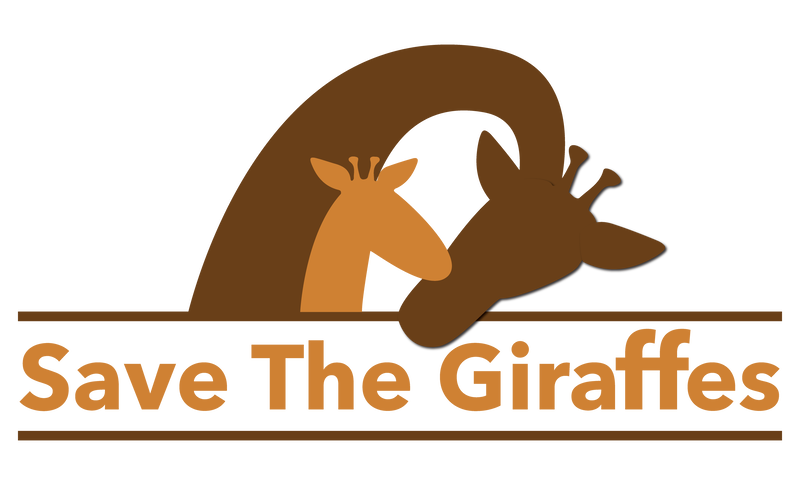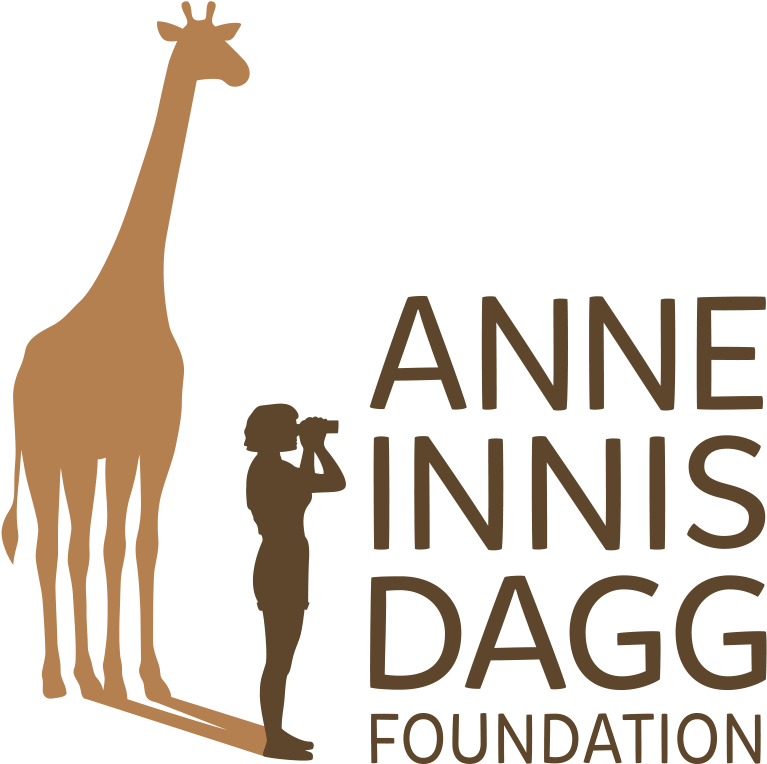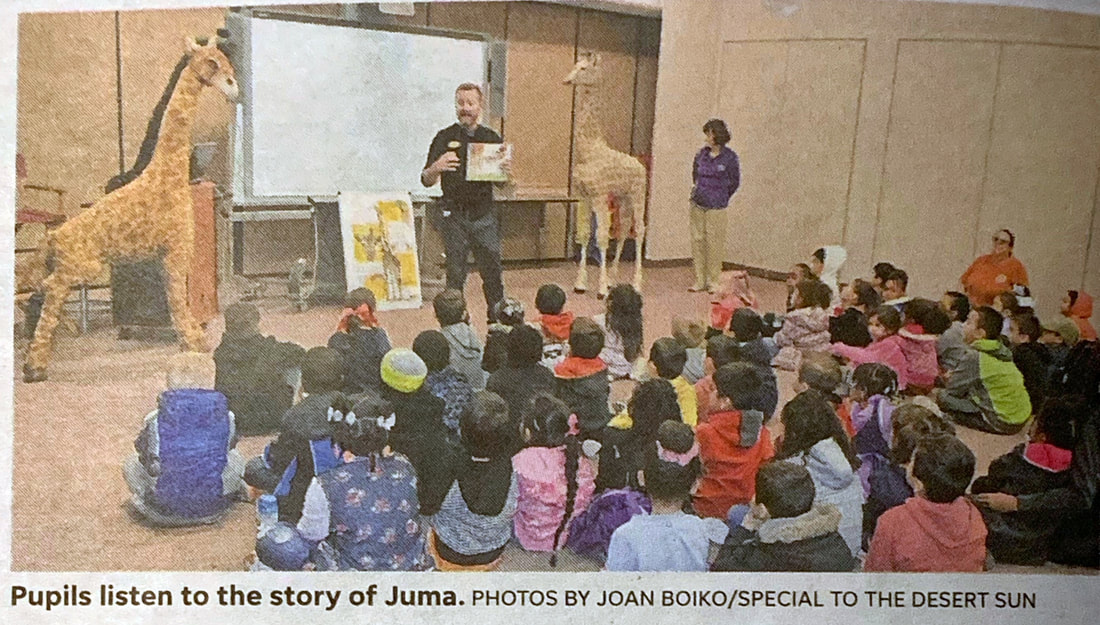 Africa's Giants is teaching kids about nature in Tanzania and the USA. Kindergartners from Cabot Yerxa Elementary School recently got to spend time with the tallest creatures at the Living Desert as the first participants of the Africa's Giants Juma Project in California. Mike Chedester, Living Desert Education Director, told the kids the story of Juma, a giraffe who questioned whether he was just like every other giraffe. Juma's mom showed him that although each individual is similar, each is also unique. The children then drew pictures of giraffes and visited the giraffes at the zoo. This delightful combination of science and art was a wonderful opportunity for kids to learn about animals and conservation while enjoying an integrated art-making experience.
11 Comments
Wild Nature Institute is thrilled to announce our new educational poster about African rhinos. The poster is called Conservation Crash! because a group of rhinos is called a crash, but sadly rhino populations are also crashing. The poster explains why rhinos across Africa are disappearing, and why rhinos are ecological giants as well as physical giants. The goal is to inspire children and adults around the world to care about these amazingly cool creatures, so rhinos can continue to exist as they have for millions of years. The poster is freely downloadable as a PDF (click on the image above, or go to our Rhino page), and prints to size 24" x 36". Congratulations to the Celebrating Africa's Giants team of designers, illustrators, and scientists for creating this beautiful poster - especially David Brown and Kayla Harren.
 Doug Beetle is a Dung Beetle. Dung beetles are ecological giants because they perform a huge service for the planet. Every day hundreds of millions of animals poop, and dung beetles dispose of all that manure and feces. Dung beetles collect poop, live in it, raise their young in it, and recycle it into nutrients and minerals. On Friday Wild Nature Institute's education coordinator James shared our children's book Juma the Giraffe and accompanying giraffe-themed learning activities with 15 children from 2care2share orphanage in Arusha, Tanzania. The following day the children visited Tarangire National Park and got to see beautiful giraffes in person! Thank you to Mette and James for coordinating the education day. And thank you to Wild Nature Institute's donors for providing the funding that enables us to share our giraffe education program with these children. It is wonderful to see their happy faces and know we are planting the seeds of lifelong appreciation for giraffes.
Part of Giraffe Fun Day was playing sports in celebration of Tanzania's national animal. We supplied giraffe t-shirts and soccer balls for the children, and they had fun running around after an intensive morning learning about giraffes. On Saturday about 1000 children from Kigongoni Primary School in the Tarangire-Manyara region of Tanzania celebrated a Giraffe Fun Day, organized by Wild Nature Institute and PAMS Foundation. The kids had a great time reading the Juma the Giraffe storybook, and learning about what makes these mega-herbivores so special. The children also sang songs about giraffes, made giraffe masks and used them in a performance of Juma, and played sports in the afternoon. We joined the festivities with Jill Erzar, a visiting scientist and giraffe keeper from Como Park Zoo in Minnesota. Jill is working with Wild Nature Institute scientists Dr. Derek Lee and Monica Bond to quantify growth rates of giraffe calves (thanks to financial support from Como Friends). It was heartwarming for us, as giraffe-loving visitors to this country, to see so many Tanzanian kids excited about the giraffes in their own backyards. We are happy to support giraffe-themed education programs in the schools around the national parks where giraffes live, so people and giraffes can thrive together in the years to come. Thank you as always to all of the sponsors of our Celebrating Africa's Giants community education program for giraffes, elephants, and rhinoceroses.
In September, Wild Nature Institute's Education Consultant Lise Levy conducted a training for teachers in several schools in the Monduli District of Tanzania. These schools are supported by the Denmark-based relief organization International Aid Services. The teachers had a wonderful day learning the hands-on activities for our Juma the Giraffe children's book, and the children will be receiving their very own copies of Juma and the activity book Twiga Na Rafiki Zake (thanks to IAS donors for printing costs). Thank you to Lise for developing the wonderful activities and conducting the training, Mariam for organizing the training and fundraising to print the books, and to our Celebrating Africa's Giants program donors for supporting the development and distribution of our educational materials.
50-year-old Hypothesis Confirmed with Modern Techniques
Giraffe spots are distinctive and beautiful, as shown by the popularity of giraffe patterns in fashion and design. But how giraffe patterns came to be and what purpose they serve in the wild was a mystery until this week. Dr. Derek Lee, associate research professor at Penn State University and principal scientist at the Wild Nature Institute published the results of a study today that revealed wild giraffe spot patterns are heritable, with elements of the pattern passed down from mother to offspring, and certain spot traits improved survival for newborns. Coats with complex patterns are found on many mammal species from anteaters to zebras, and these pelage traits are hypothesized to improve survival and reproduction by affecting predator and parasite evasion, temperature regulation, and social communication. This study was the first to examine complex mammal coat markings as individual traits that might have fitness consequences. Dr. Lee said, “Quantifying heritability and fitness consequences of mammal coat pattern traits will help us understand how and why complex coat patterns evolved in wild animals.” Dr. Anne Innis Dagg, the first giraffe field researcher in Africa, presented evidence in 1968 that the shape, number, area, and color of spots in giraffe coat patterns may be heritable, but her analysis came from a small zoo population. Forty-nine years later, Lee’s study used a new dataset and modern analysis to confirm Dagg’s hypothesis. The heritability finding was neither surprising nor original, but science advances through replication of studies and the slow accumulation of evidence. The novel aspects of Lee’s study were the use of image analysis software to objectively measure various traits present in giraffe coat patterns, and statistics to quantify the heritability and fitness consequences of the patterns. The spot pattern traits of circularity and jaggedness of edge were passed from mother to offspring, and variation in the coat patterns of 258 giraffe calves significantly affected their survival during the first few months of life, suggesting spot traits may be associated with anti-predator camouflage. Coauthor Monica Bond, doctoral candidate in ecology at the University of Zurich and principal scientist at the Wild Nature Institute, noted “Survival in the wild is precarious, and any small advantage such as what these spot traits provided, can mean the difference between an individual’s life and death.” Spot traits might also serve other adaptive functions such as social communication, kin recognition, or thermoregulation, and might be associated with other fitness aspects like survival or fecundity of older giraffes. Giraffe skin color is grey, but the spots that make up their fur coat markings are highly variable in color and shape. Because each animal’s patterns are unique and do not change with age, natural coat patterns identify individuals, so wildlife conservation researchers like Dr. Lee use the patterns to study animals without the need for dangerous and traumatic captures. “Now that we know that genetic variation underlies spot pattern variation in giraffes it should be possible with the aid of the giraffe genome sequence to discover the specific genes that determine spot patterns.“ noted Douglas Cavener, Professor of Biology and Verne M. Willaman Dean of the Penn State Eberly College of Science, and coauthor of the paper. Lee said, “My hope is that other scientists will use the same tools to measure the traits of complex mammal coat patterns and this will advance our understanding of what these patterns mean.” Giraffes are vulnerable to extinction with a 40% decline over the past few decades. The Wild Nature Institute is running the world’s largest giraffe research project in northern Tanzania, and their results are informing species conservation and the field of evolutionary ecology. Lee DE, Cavener DR, Bond ML. 2018. Seeing spots: Quantifying mother-offspring similarity and assessing fitness consequences of coat pattern traits in a wild population of giraffes (Giraffa camelopardalis). PeerJ. doi: 10.7717/peerj.5690. |
Celebrating Africa's Giantsis a project of the Wild Nature Institute with our partners
|
Contact Us |
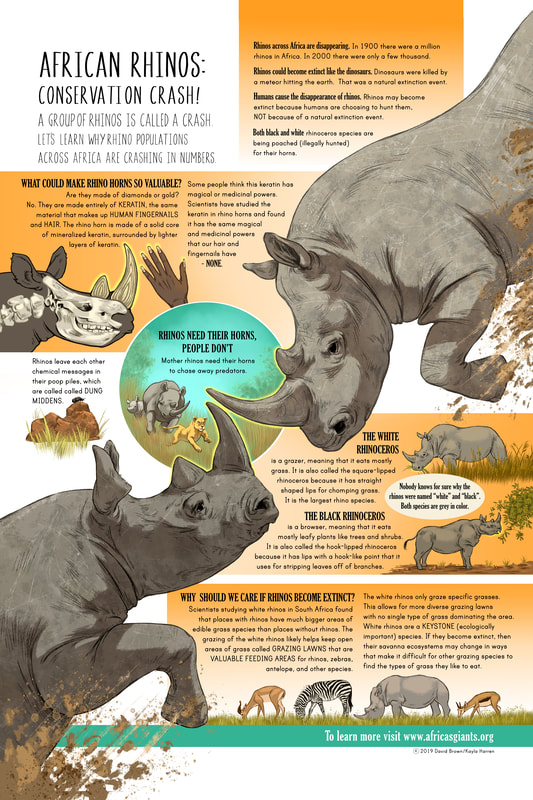
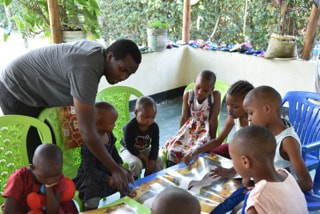
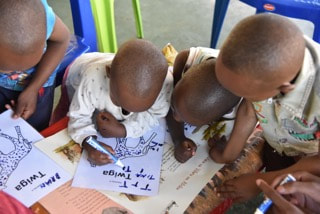
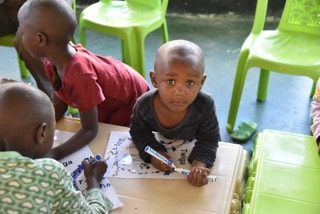
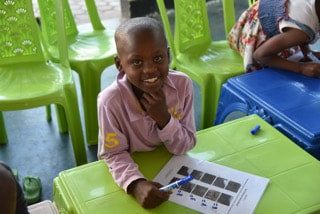
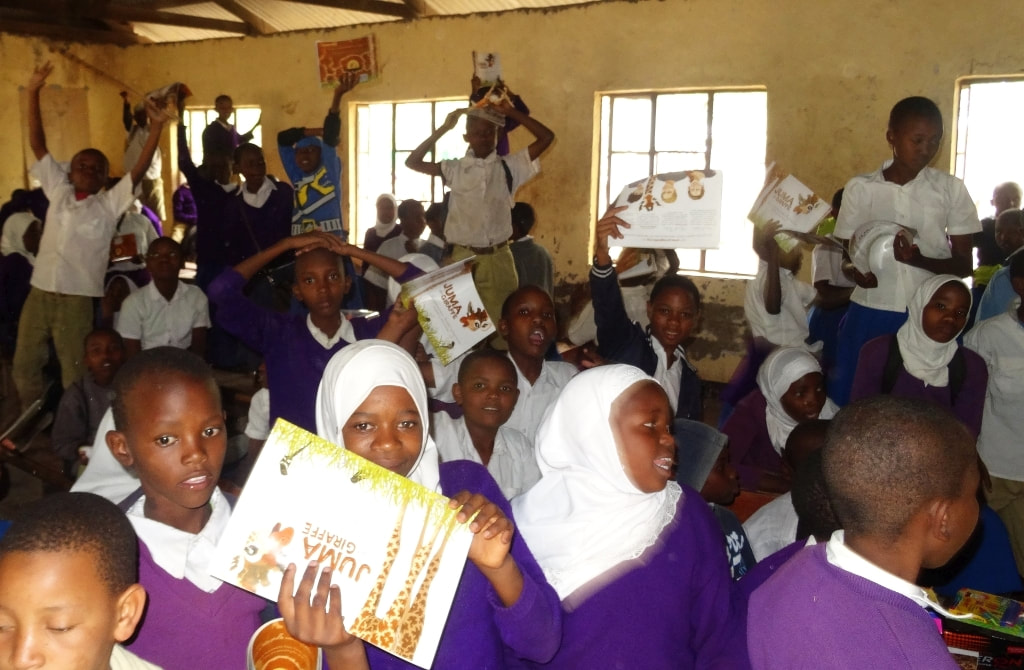
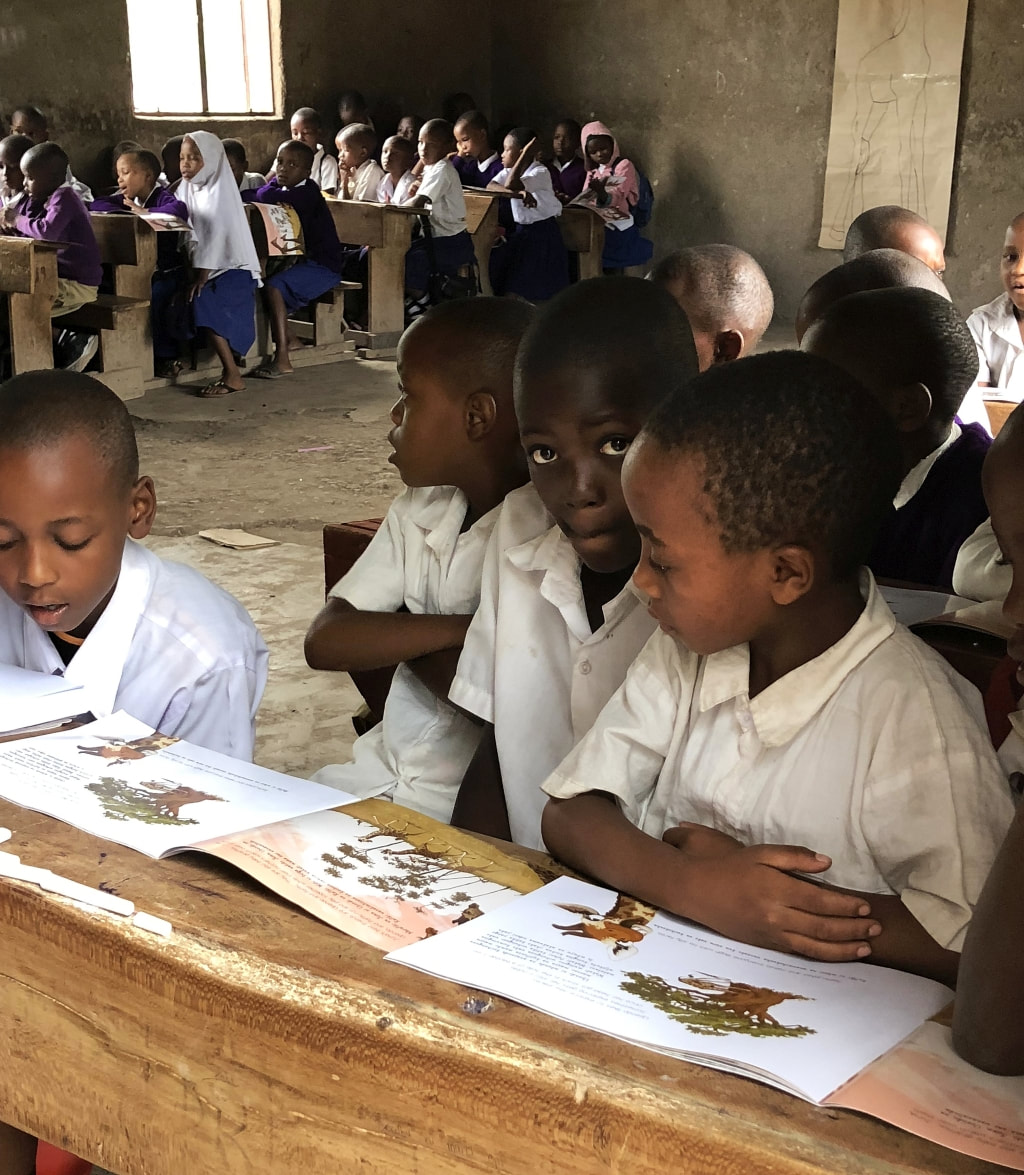
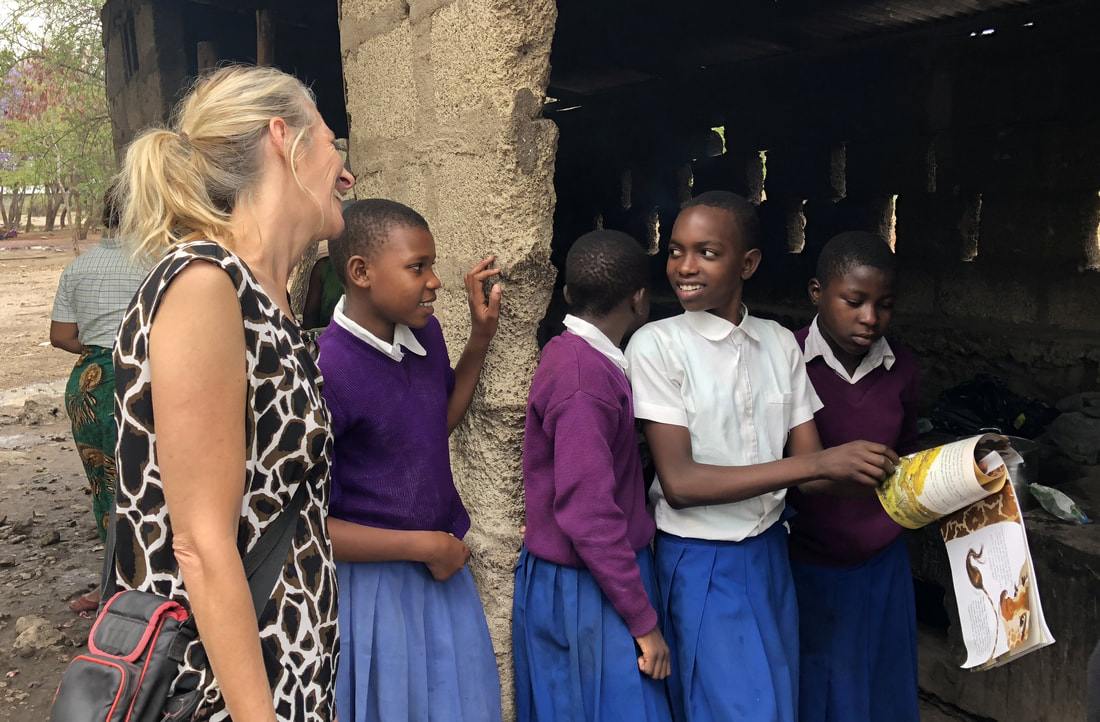
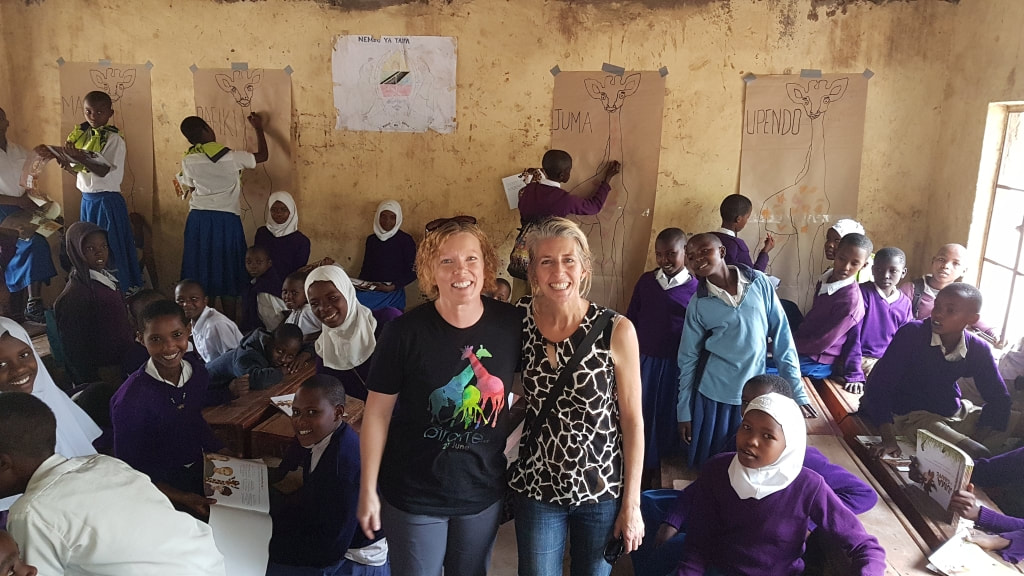
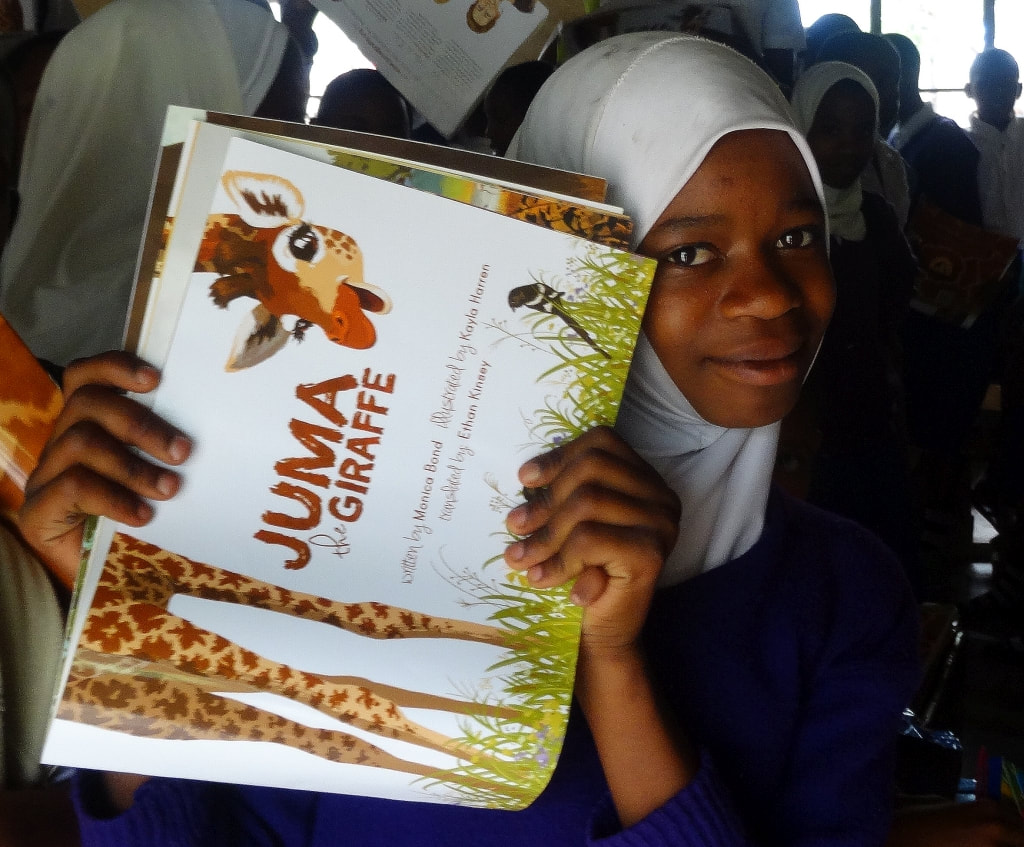
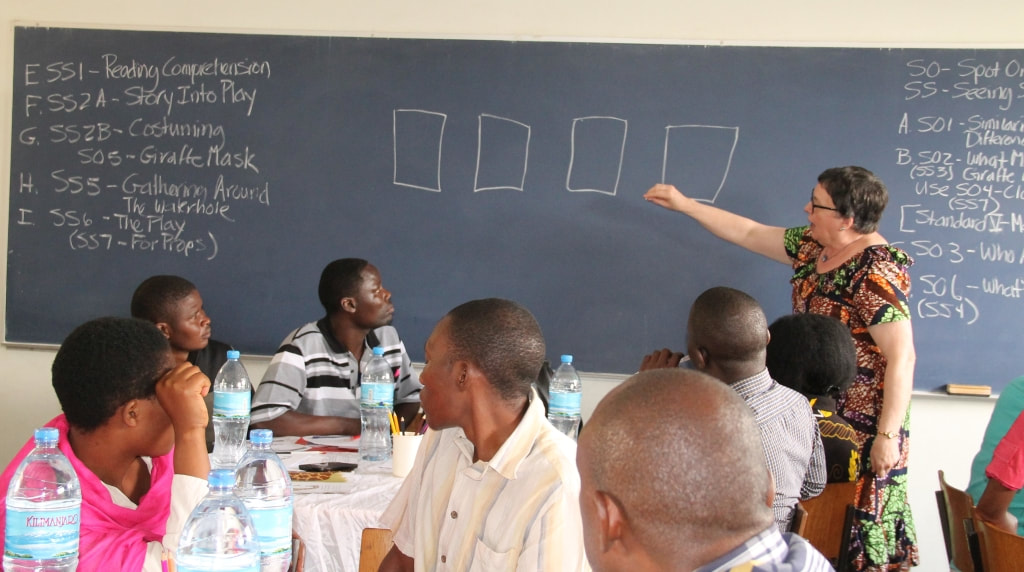
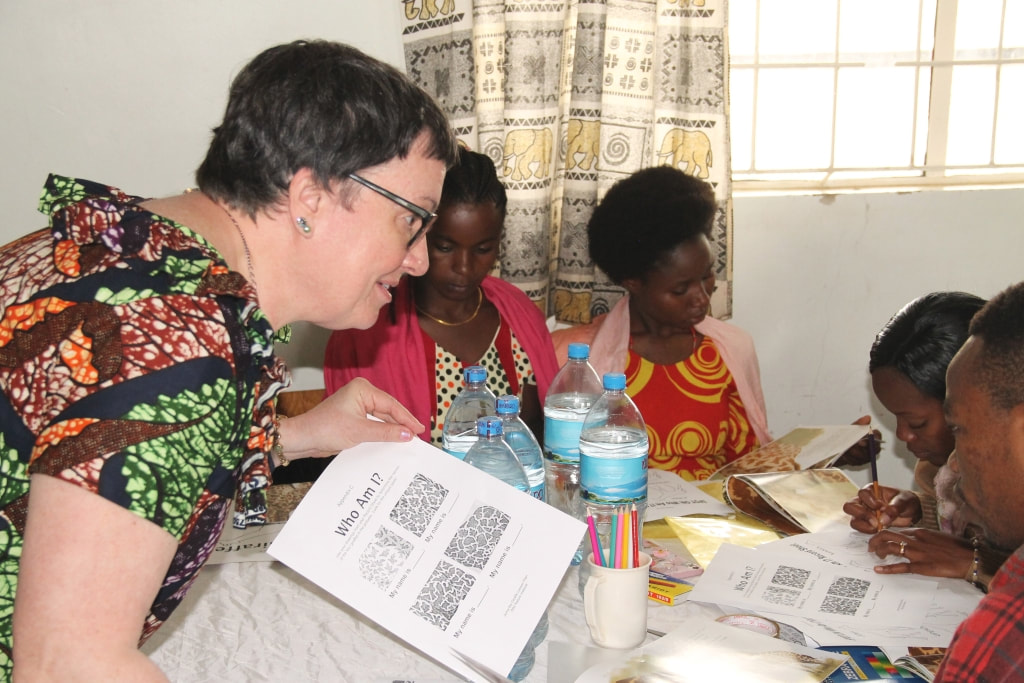
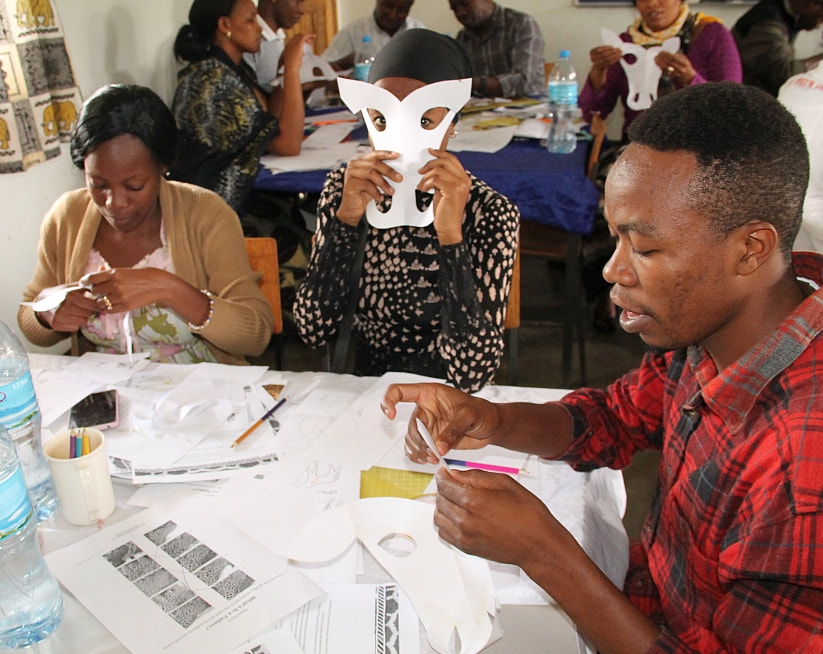
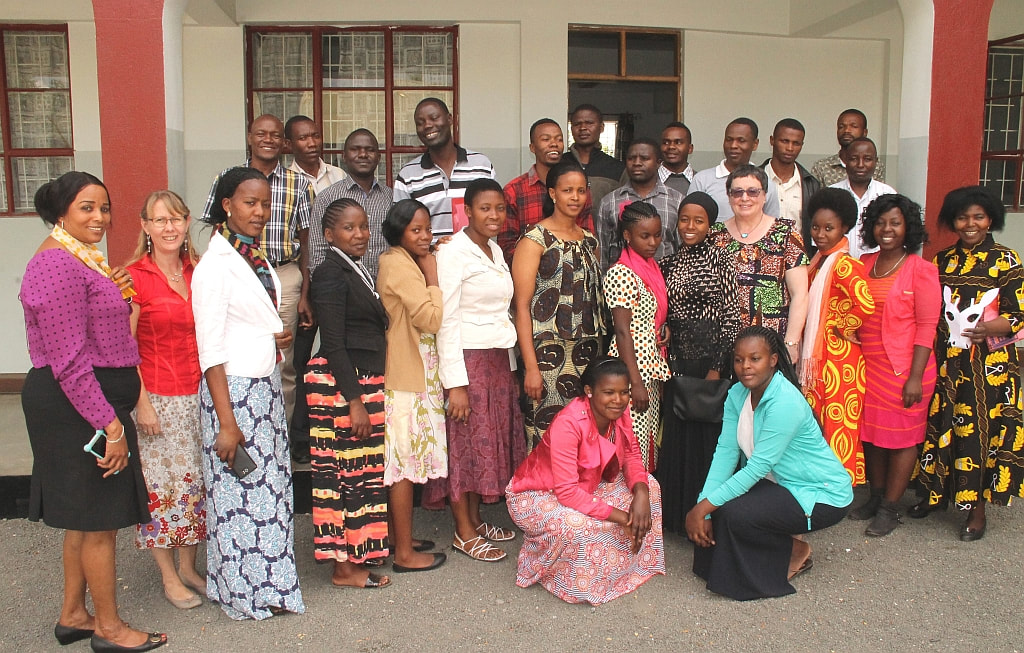
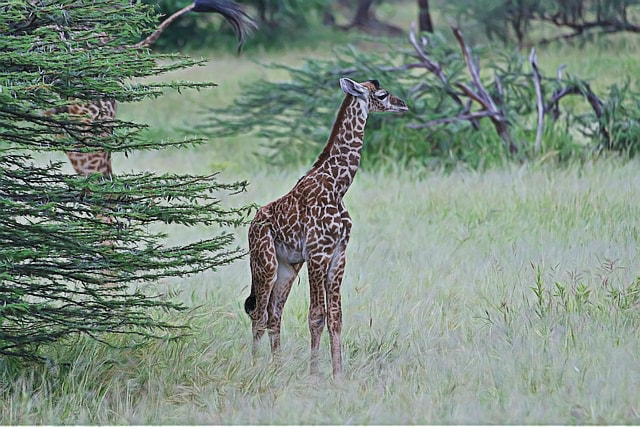
 RSS Feed
RSS Feed
